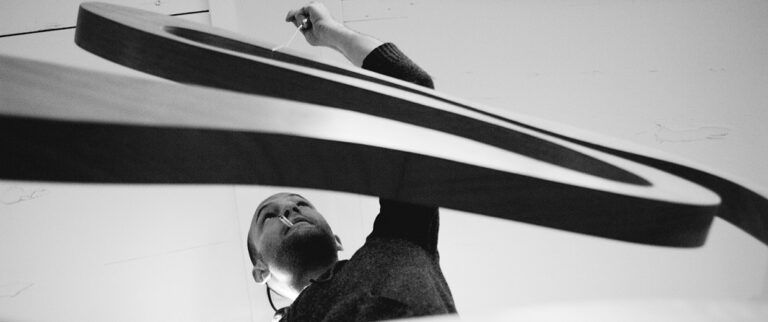
Lives and works in Auckland.
Gidon Bing is an Auckland-based Sculptor and Ceramicist working with traditional processes and materials to produce modern works of art. His practice hinges upon the appeal of the handmade, and the integrity and intimacy of organic and essential materials and forms, with resulting works that are both modern and timeless.
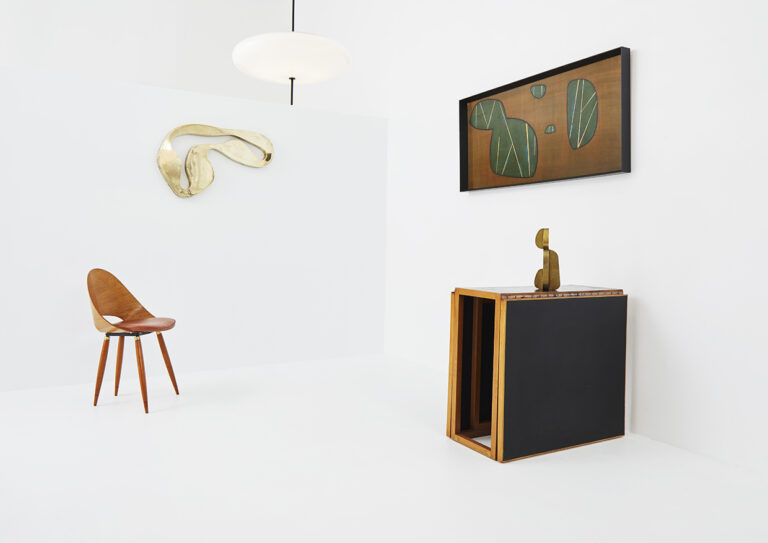
Eschewing the transience of ‘fashion’ and the reproduction of self-consciously ‘modern’ aesthetics, Bing creates deceptively simple reductionist forms free of superfluous sentiment and ornamentation. Amongst his influences Bing cites European Modernism, Primitivism, as well as several historical Mediterranean and east Asian movements. His forms and images are often specifically inspired by nature and architecture, in particular the architecture of central European Avant Guard. Bings family have a fascinating artistic and design connection to east Asia. On his mother’s side his Architect grandfather Henry Kulka developed spatial design methods influenced by Japanese traditions and on his father’s side there is a family connection to the historic figure of Siegfried Bing who lead the introduction of Chinese and Japanese art and aesthetics to Europe at the turn of the 19th century and was instrumental in the development of the Impressionist movement.
Bings principle materials are wood, metal (iron, bronze and copper) paper and clay. He employs traditional Japanese wood bending and shaping techniques to achieve his forms. Bings work requires patience. Plywood volumes are spontaneously drawn in generous biomorphic gestures and then carefully cut out with specialized hand tools. They then undergo a transformation of form through a steaming and wood bending process that Bing describes as improvised techniques derived from both Japan and Czech Thonet chair making. The hot steam makes the wooden shapes pliable, they are then slowly pushed and drawn by hand into bold curves. What happens to these structures after they take on their new forms depends on how Bing feels about the ‘fresh life’ he discovers in the new body itself. Some shapes are painted on, drawn on and scraped back while others are simply left as they are because the inherent qualities of the wood express more than the application of any opaque colour could. On most works Bing uses a finishing technique brought by his architect grandfather from the Czechoslovakia to New Zealand – the application of organic shellac. This shellac is repeatedly applied on the steamed worked forms in multiple micro thin coats with layers of pigment and patina worked in-between, similar in many ways to traditional Chinese Lacquer techniques. The result, in Bings best works, is an object with the timbre and spirit of an old musical instrument, the fresh bold spring of organic modernism and the universality and simplicity of asymmetric geometry. Gidons print compositions and processes are influenced by Chinese and Japanese wood block print methods. They are also strongly informed by his sculptural and ceramic practice creating a great sense of continuity across his various mediums. Wood grains, copper and bronze foil, intricate Lino line work, pure white on white embossed impressions –individually and in various combinations comprise a rich palate of texture, form and colour. Bing’s range of ceramic homewares, like his Ltd edition vessels, and sculptures are designed and produced from a waterfront boatshed atelier and basement studios, and are sold and collected worldwide. These ceramic objects are hand made using techniques such as traditional Japanese wood bending, carving, plaster turning and mould making together with more contemporary approaches such as 3d printing and multi axis cnc. These processes form part of Bing’s unique sculptural approach to designing and producing ceramics. The latest collection of ceramic vessels draws inspiration from exploring the relationship between biological asymmetry and the artefact. Bing’s studio practice is currently working on several new collections due to launch in Australia, New Zealand and Asia, as well as commissions and collaborations with leading fashion labels and interior designers, as well as several large commissions for wooden and brass sculptures.
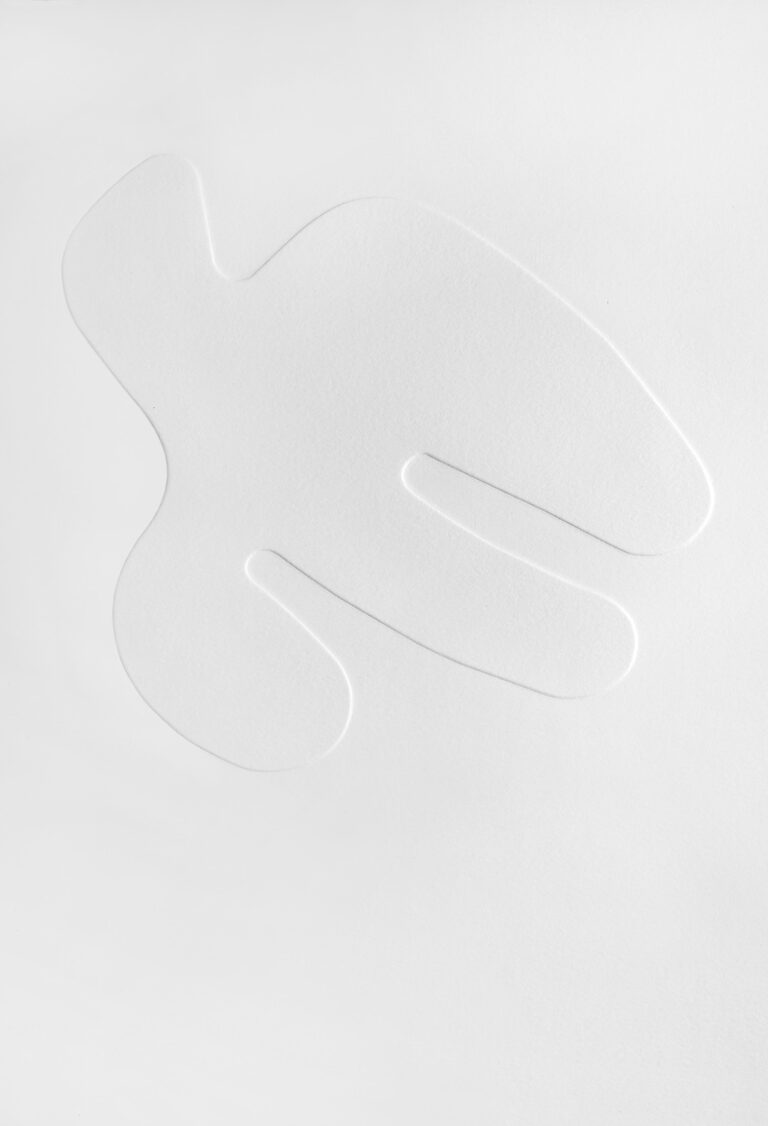
Ltd Edition Woodblock Print / Copper Foil
42 x 60 cm
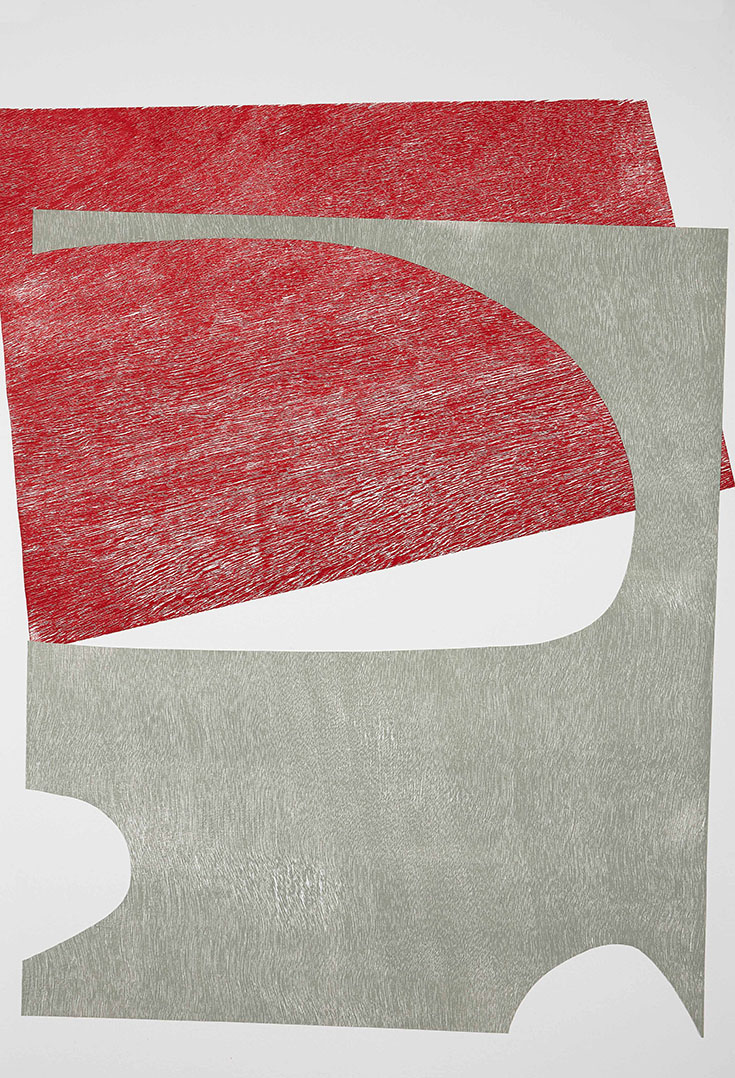
Ltd Edition Woodblock Print / Copper Foil
42 x 60 cm
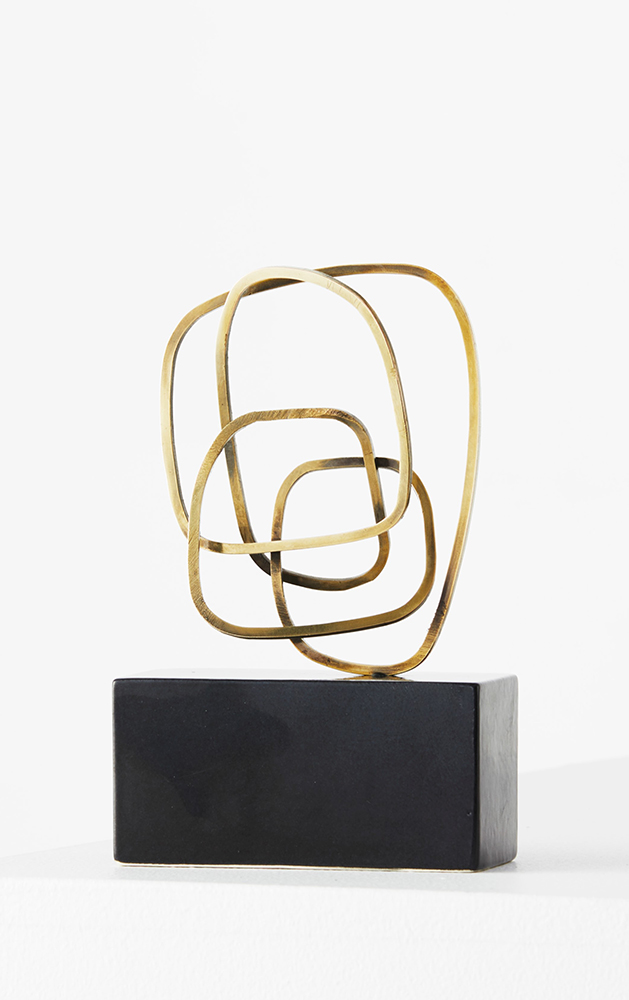
Ltd Edition Wire-form Delineated Sculptural Study
Distressed and Patinated Brass Alloy, Ceramic Plinth
57 x 21 x 44 cm
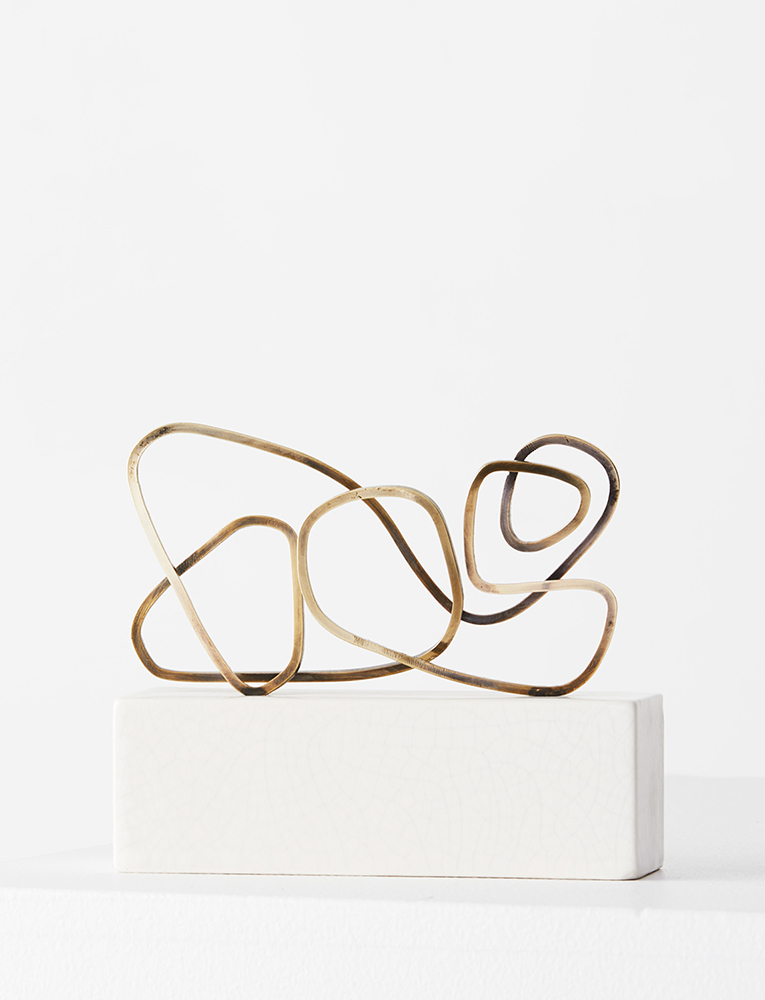
Ltd Edition Wire-form Delineated Sculptural Study
Distressed and Patinated Brass
31 x 16 x 39 cm
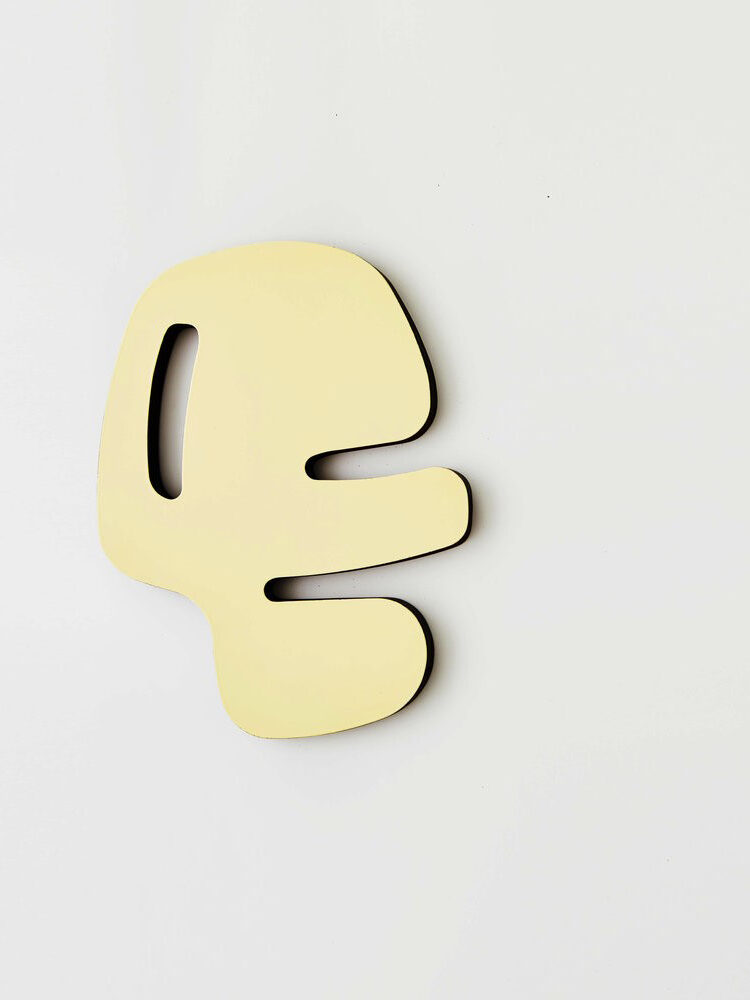
Ltd Edition Wire-form Delineated Sculptural Study
Polished Brass Alloy
53 x 65 x 5 cm
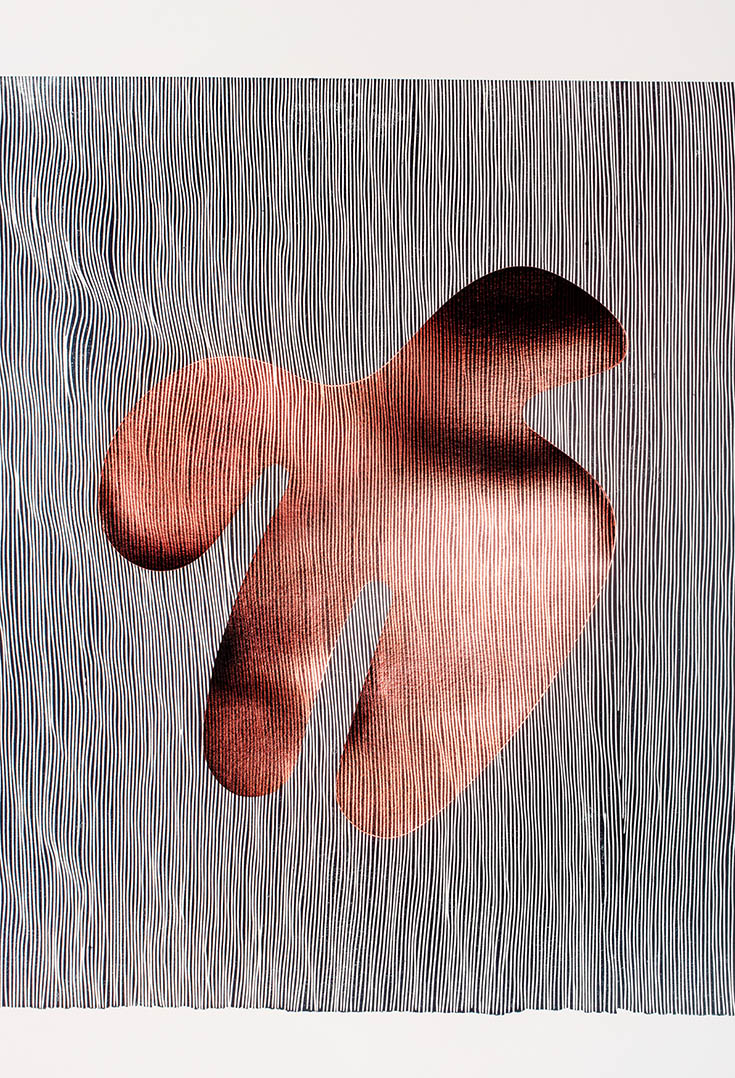
Ltd Edition Woodblock Print / Copper Foil
42 x 60 cm
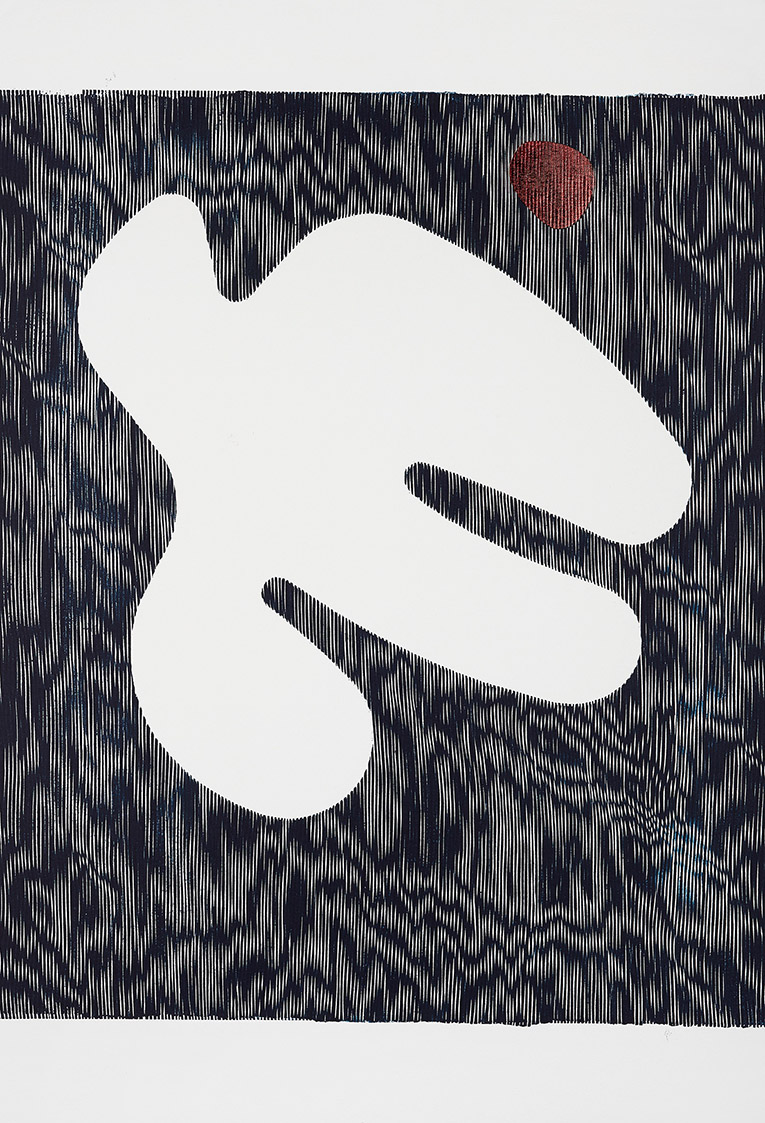
Ltd Edition Woodblock Print / Copper Foil
42 x 60 cm
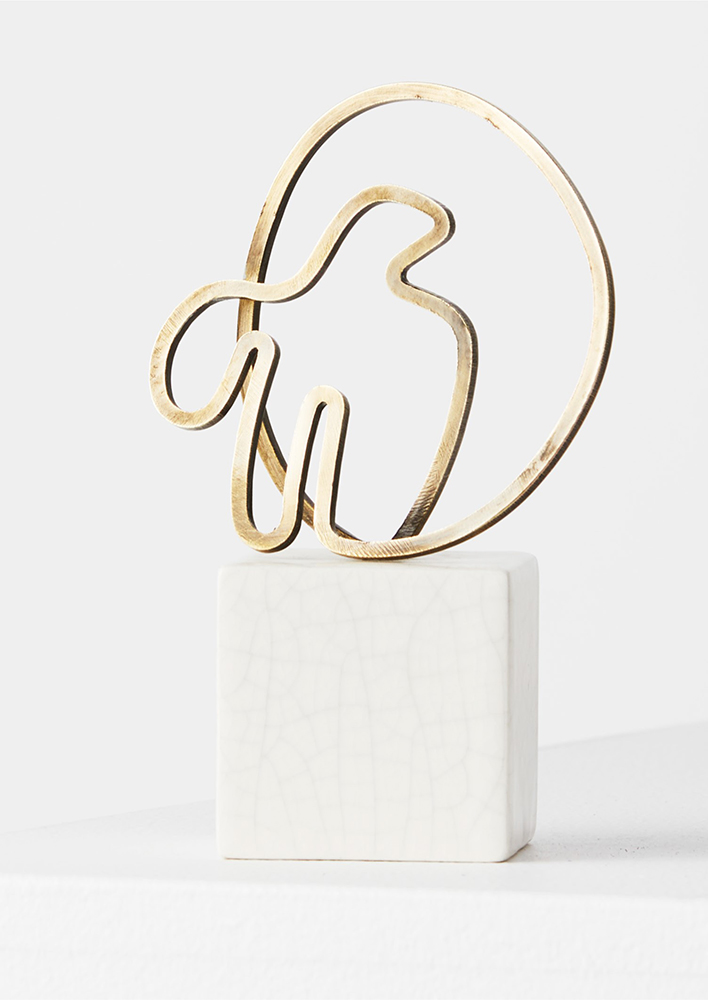
Ltd Edition Wire-form Delineated Sculptural Study
Distressed and Patinated Brass Alloy, Ceramic Plinth
45 x 21 x 16 cm
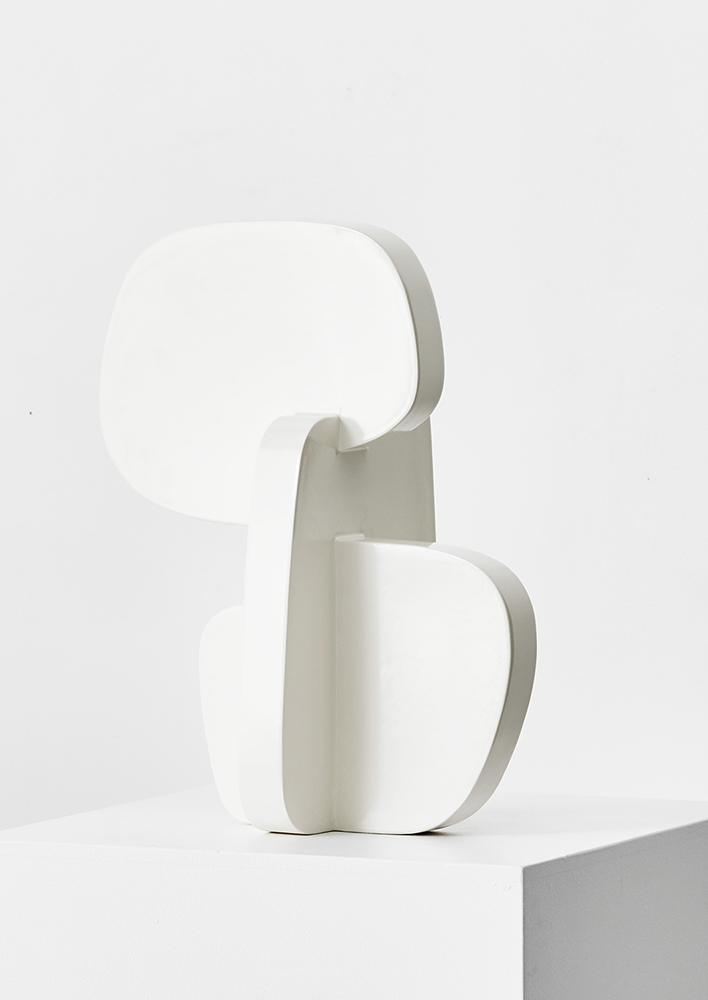
Ltd Edition Solid Sculptural Work
Ceramic, Array of Glazes
53 x 47 x 25 cm
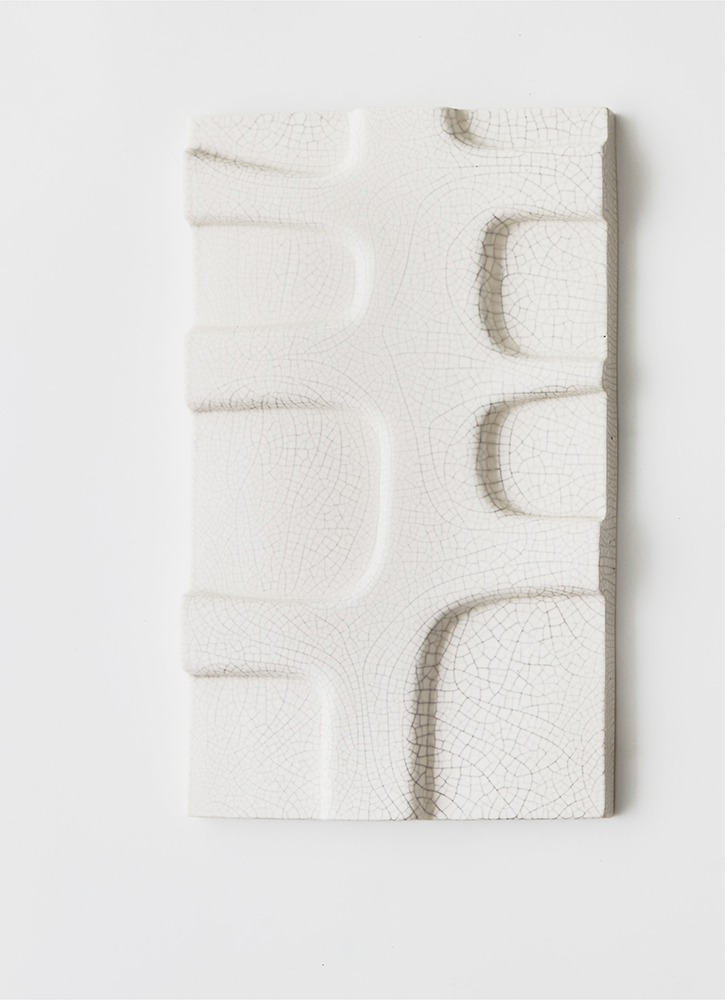
Ltd Edition Sculptural Wall Reliefs
Bone Crackle Ceramic
50 x 25 x 5 cm
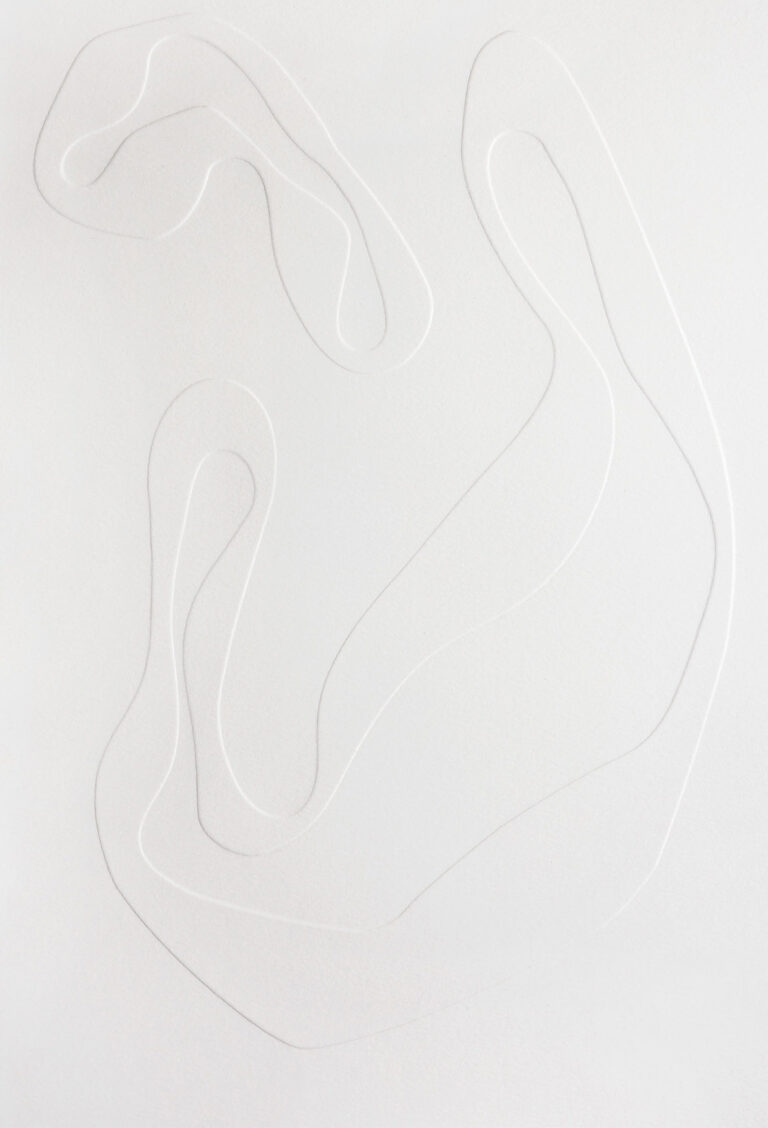
Ltd Edition Woodblock Print / Copper Foil
42 x 60 cm
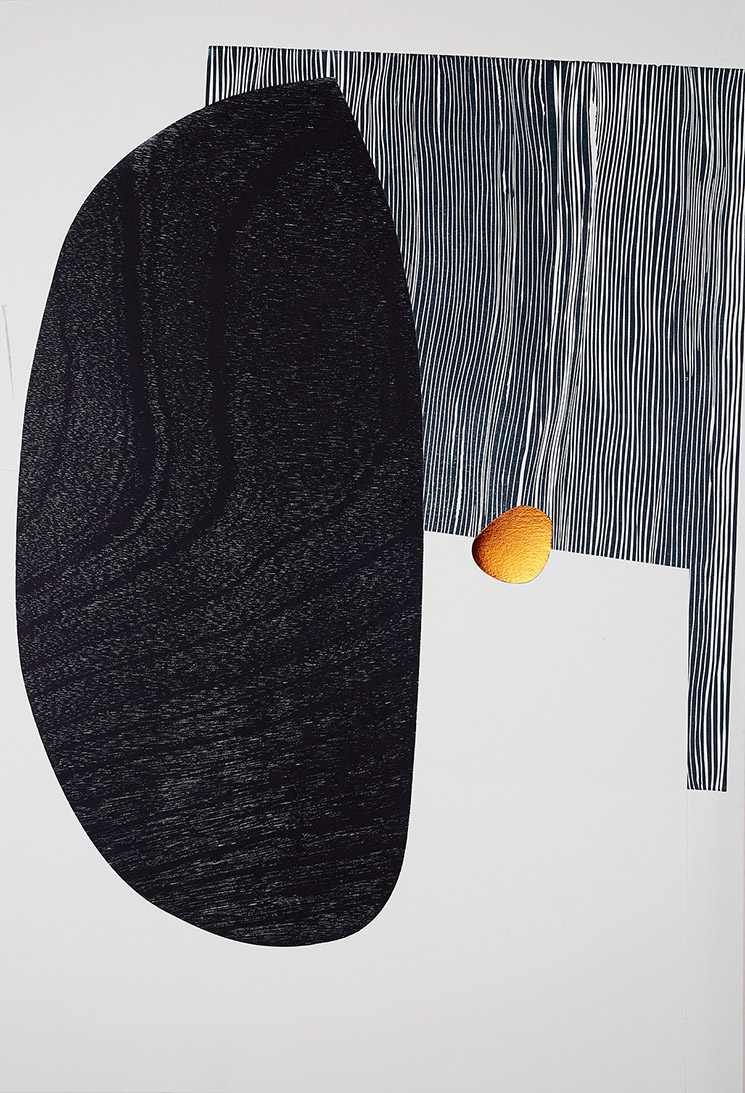
Ltd Edition Woodblock Print / Copper Foil
42 x 60 cm
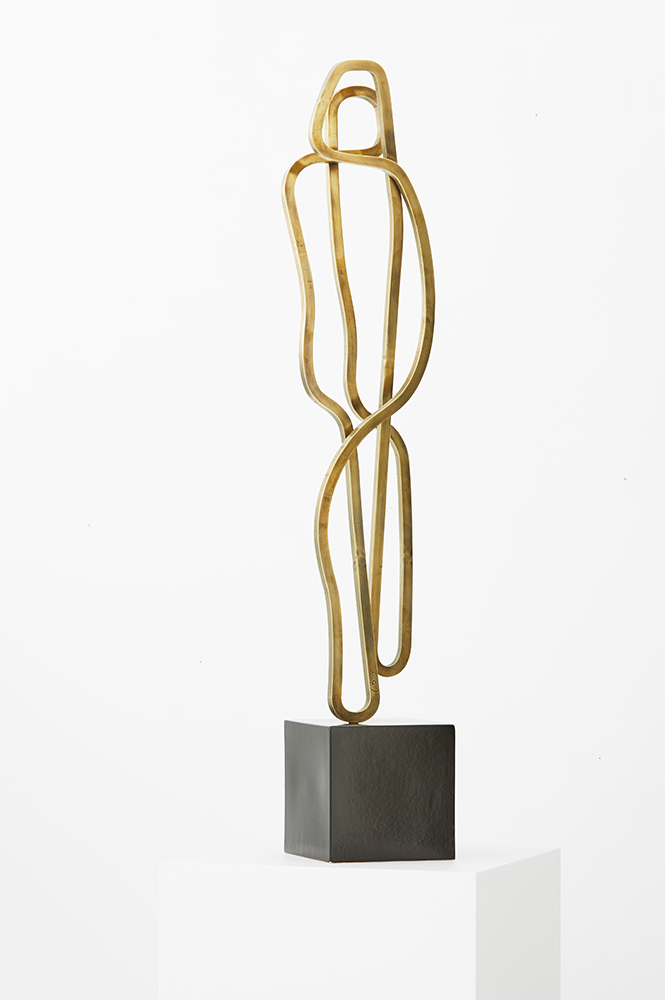
Ltd Edition Wire-form Delineated Sculptural Study
Distressed and Patinated Brass Alloy, Ceramic Plinth
120 x 21 x 23 cm
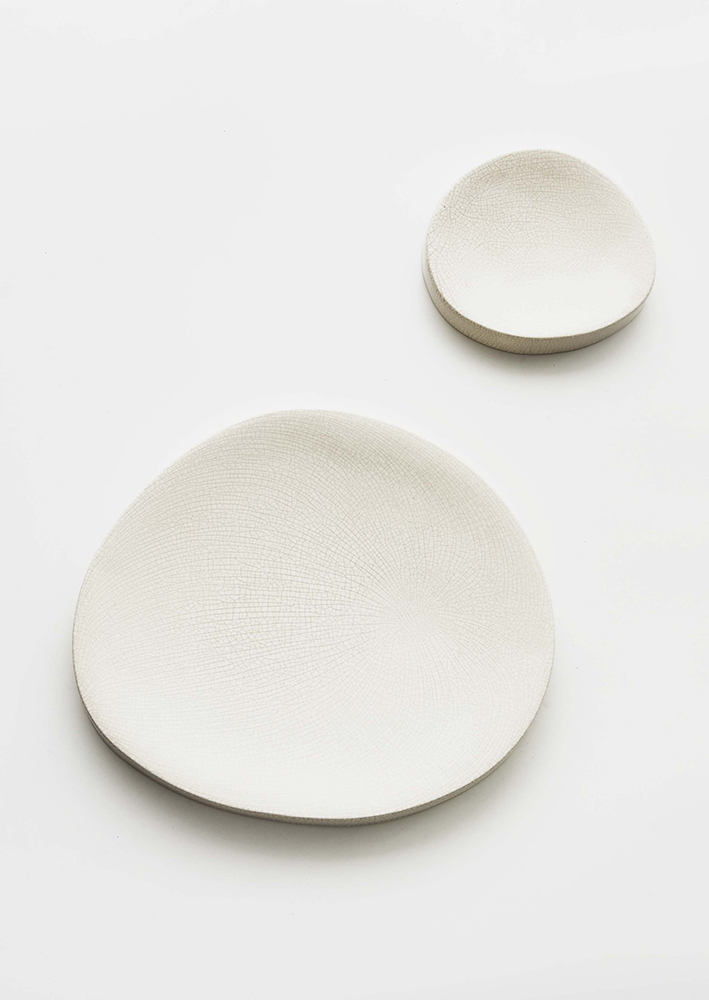
Ltd Edition Sculptural Wall Reliefs
Ceramic, Array of Glazes
40 x 37 x 5 cm
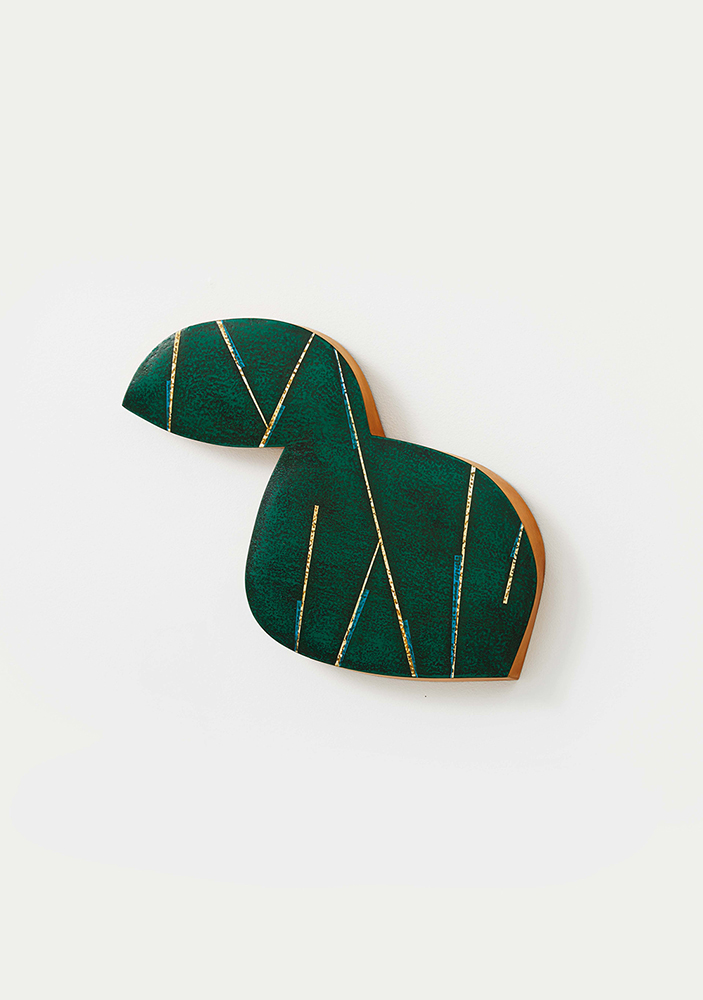
Ltd Edition Wire-form Delineated Sculptural Study
Steam-bent Plywood and Micro Layered Thermal Shellac
28 x 22 x 5 cm